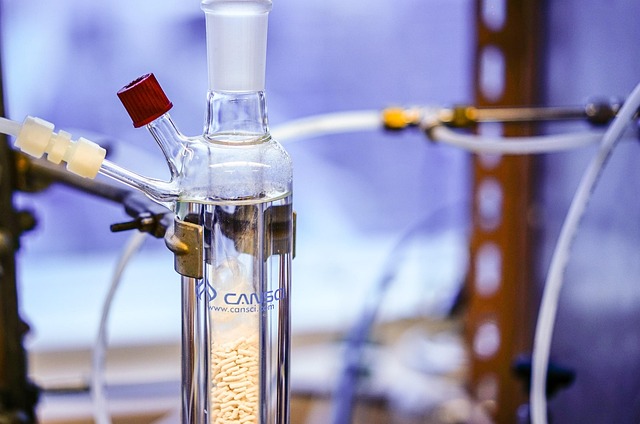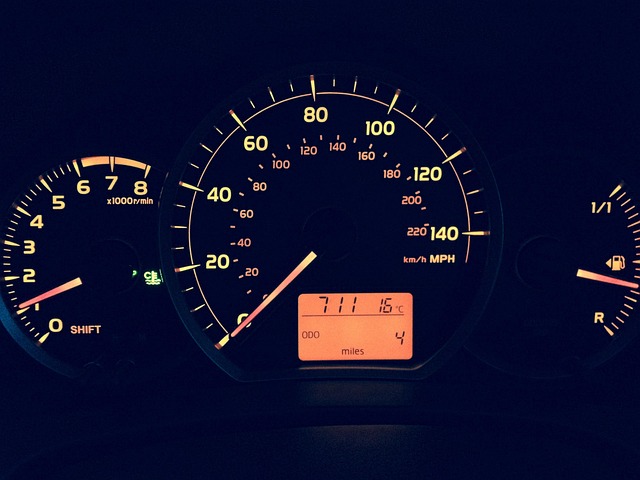
The Equilibrium Constant
The equilibrium constant, often denoted as K, is a fundamental concept in chemistry that describes the balance between products and reactants in a chemical reaction at equilibrium. Think of it as the referee in a chemical match, making sure both sides get their fair share of the spotlight. 🌟
At equilibrium, the rates of the forward and reverse reactions are equal, meaning that the concentrations of products and reactants remain constant over time. But how do we express this balance mathematically? Let’s dive into the details!
Writing Equilibrium Constant Expressions
To write an equilibrium constant expression, one must consider the general reaction:
aA + bB ⇌ cC + dD
Here, A and B are reactants, while C and D are products. The equilibrium constant expression is given by:
K = [C]c [D]d / [A]a [B]b
Where square brackets indicate the concentration of each species at equilibrium. Simple, right? Now, if you’re wondering whether to use concentrations or partial pressures, that depends on the phase of your reactants and products!
Homogeneous vs. Heterogeneous Reactions
In the world of equilibrium, not all reactions are created equal. Homogeneous reactions involve reactants and products in the same phase, while heterogeneous reactions involve different phases. For example, in a reaction between a gas and a solid, the solid's concentration is often omitted from the equilibrium expression because its activity is constant. It’s like that friend who always shows up to the party but never quite makes it to the dance floor. They’re there, but they don’t really change the vibe!
Calculating the Equilibrium Constant
To calculate the numerical value of the equilibrium constant K, one must let a reaction proceed to equilibrium. This involves measuring the concentrations or partial pressures of the reactants and products at equilibrium and plugging them into the equilibrium expression. It’s a bit like trying to figure out how many slices of pizza everyone gets at a party—everyone has to agree on the final count!
Practical Applications of the Equilibrium Constant
The equilibrium constant is not just a theoretical concept; it has real-world applications. For instance, it helps chemists predict the direction of a reaction. If K is much greater than 1, the reaction favors products, while a value much less than 1 indicates a preference for reactants. It’s like choosing between pizza and salad—sometimes, the choice is clear!
In industrial chemistry, understanding K can optimize reactions for maximum yield, saving time and resources. So the next time you’re in a chemistry class, remember that the equilibrium constant is your friend—just like pizza at a party!
Conclusion
In summary, the equilibrium constant is essential for understanding chemical reactions and their dynamics. Whether you're a student trying to ace that chemistry exam or just someone curious about the science behind everyday reactions, grasping the concept of K will certainly add some spice to your knowledge. Remember, chemistry isn’t just about mixing substances; it’s about finding balance—like knowing when to eat that last slice of pizza. 🍕

















 Cloud Computing Essentials Unlock Benefits
Cloud Computing Essentials Unlock Benefits 
 Health
Health  Fitness
Fitness  Lifestyle
Lifestyle  Tech
Tech  Travel
Travel  Food
Food  Education
Education  Parenting
Parenting  Career & Work
Career & Work  Hobbies
Hobbies  Wellness
Wellness  Beauty
Beauty  Cars
Cars  Art
Art  Science
Science  Culture
Culture  Books
Books  Music
Music  Movies
Movies  Gaming
Gaming  Sports
Sports  Nature
Nature  Home & Garden
Home & Garden  Business & Finance
Business & Finance  Relationships
Relationships  Pets
Pets  Shopping
Shopping  Mindset & Inspiration
Mindset & Inspiration  Environment
Environment  Gadgets
Gadgets  Politics
Politics 